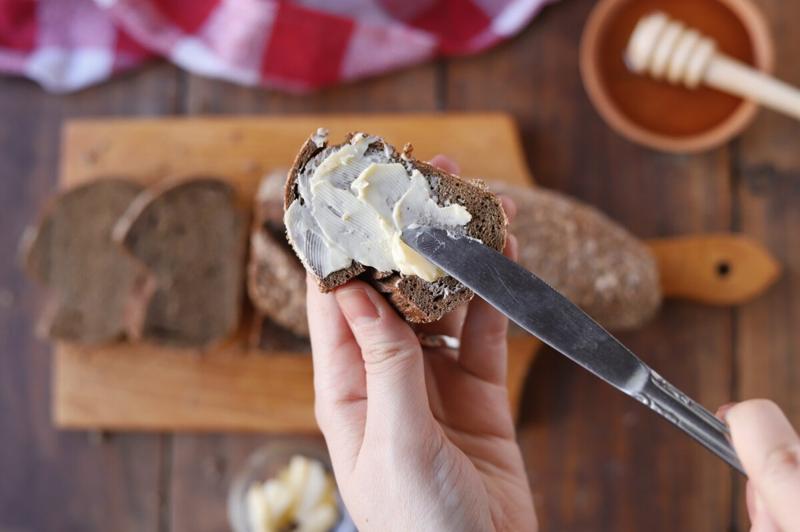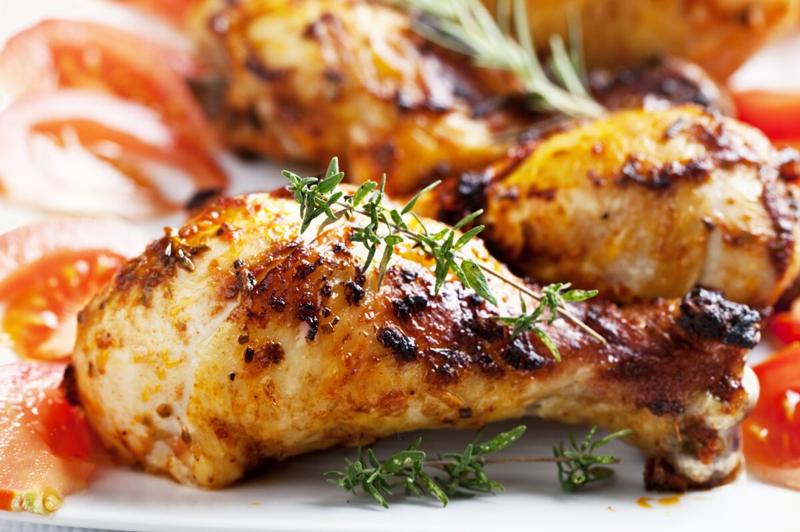Based on evidence-based behavioral science, the Mayo Clinic diet is a 12-week program that aims to cultivate lifelong healthy habits.
What Is the Mayo Clinic Diet?
Weight loss and fostering a healthier lifestyle are intertwined on the Mayo Clinic diet. The approach involves the recalibration of eating habits by replacing unhealthy ones with beneficial choices, guided by the Mayo Clinic's distinctive food pyramid. This pyramid places a strong emphasis on fruits, vegetables, and whole grains, which generally have low caloric density. This characteristic allows individuals to consume more food while ingesting fewer calories.
Consider this comparison: You could consume roughly the same amount of calories by choosing between one-quarter of a Snickers bar or approximately 2 cups of broccoli.
Until recently, individuals primarily relied on three editions of the "Mayo Clinic Diet" book and the Mayo Clinic diet website as their main guides through its two phases. However, in the past year, the Mayo Clinic diet introduced its online program, which offers additional features such as new options, tracking, habit optimization, and group support.
Dr. Donald Hensrud, an associate professor of nutrition and preventive medicine at Mayo Clinic and the editor of "The Mayo Clinic Diet," emphasizes that "the fundamental premises behind the diet have not changed, nor should they, as we believe the rationale and evidence supporting it are solid." According to him, the modifications are related to how the Mayo Clinic diet is presented to and utilized by participants. The introduction of a new online program with interactive features is aimed at assisting individuals in using the dietary program more effectively.
Family friendly. Family members can easily all eat the meals together with little or no modification. And the food options are healthy and balanced enough for all ages.
Budget friendly. Foods for this diet are easy to find at a typical grocery and don’t require expensive or specialty food items.
Vegan or vegetarian friendly. Recipes can be easily modified for a vegan or vegetarian diet.
Gluten-free friendly. Recipes can be easily modified and still follow a gluten-free diet.
Halal friendly. Recipes can be easily modified and still follow the diet.
Kosher friendly. Recipes can be easily modified and still follow the diet.
Low-carb. This diet recommends lots of fruits and vegetables, whole grains and healthy fats.
Low-fat. The diet encourages a moderate consumption of healthy fats, like monounsaturated and polyunsaturated fats from olive oil, and discourages unhealthy fats, such saturated fats from fried and processed foods. Less than about 30% of total calories come from fat.
How Does It Work?
The program consists of two phases:
"Lose it!" The first two weeks of the program focuses on lifestyle habits that contribute to your weight, specifically adopting 10 healthy habits and breaking five unhealthy habits. You don't count calories, and you can snack all you want on fruits and vegetables. The Mayo Clinic diet states you can potentially lose up to 6 to 10 pounds during this phase.
"Live it!" In this phase, you'll learn about making smart food choices, portion sizes, meal prepping, physical activity, exercise and committing to healthy habits for life. Since you're developing a pattern of healthy eating to follow for life, no food group is completely off-limits.
"Lose it!"
You'll add a healthy breakfast, lots of fruits and veggies, whole grains, healthy fats and at least 30 minutes of physical activity a day. You'll ban eating while watching TV, sugar (except from fruit), snacking (except on fruits and veggies), consuming too much meat and full-fat dairy and eating out (unless the food you order follows the rules). If you're really motivated, you'll also adopt bonus habits such as keeping food, activity and goal diaries; exercising 60 minutes or more per day; and eating natural or minimally processed "real food."
"Live it!"
You'll use what you learned in the first phase but be allowed to occasionally break the rules. You'll also calculate the number of calories you can eat while still losing a couple of pounds a week. But instead of counting the calories in every grain of brown rice you eat, you'll focus on servings. On a 1,400-calorie plan, for example, you're allowed four or more servings each of fruits and veggies, five servings of carbs, four of protein/dairy and three of fats. For fruit, a serving is the size of a tennis ball; for protein, it’s no bigger than a deck of cards.
Round out "Live it!" with regular physical activity, and you're set for life.
The Mayo Clinic diabetes diet emphasizes foods that are naturally rich in nutrients and low in fat and calories, such as fruits, vegetables and whole grains. Recommended foods include healthy carbs from fruit, legumes, vegetables, whole-wheat flour and wheat bran; fiber-rich foods, such as nuts and beans; heart-healthy fish, such as salmon, mackerel and tuna; and good fats, which include avocados, almonds, olives and walnuts.
Can I Lose Weight on the Mayo Clinic Diet?
By sticking with the Mayo Clinic diet, you may be able to shed 6 to 10 pounds during the first two weeks and continue losing 1 to 2 pounds weekly until you’ve hit your goal weight. However, Hensrud notes that weight loss isn't the ultimate goal of the Mayo Clinic diet.
Short-Term Weight Loss
In general, eating more foods with low-caloric density has been shown to promote weight loss, according to the Centers for Disease Control and Prevention.
In a 2008 pilot program that evaluated 53 Mayo Clinic employees with obesity who followed "Lose it!" for two weeks, the average weight loss was 8 pounds.
In one study, nearly 100 women who were overweight or had obesity participated in a 14-week trial. The group following a low-caloric-density diet like the Mayo Clinic diet reported fewer cravings, showed greater weight loss and had a higher reduction in fat mass (1).
Long-Term Weight Loss
One review that investigated dietary energy density and long-term weight management concluded that low-energy-density diets are effective at increasing satiety while reducing energy intake. It noted that when reducing the amount of calories in food but keeping the overall food weight the same, it’s “feasible to consume less energy and (feel) more full, and achieve a healthy body weight (2).”
Weight Maintenance and Management
Avoiding a one-size-fits-all approach may better allow for sustained weight loss.
In 2023, the Mayo Clinic released the results of a survey based on their Diet Assessment Tool, an online quiz that's free to take that helps you "discover how your mindset and motivation can boost your weight loss." Over a million Americans participated in the survey, and on average, these participants needed to lose 55 pounds to achieve a healthy body mass index.
But Hensrud says that goal weights aren't the emphasis of the Mayo Clinic diet because they are an "outcome," not part of the process. "We try and get people to focus more on a, good weight loss plan in diet and physical activity that is practical and enjoyable enough to be sustainable. Because too many people go on a diet, they don't reach their weight loss goal, they throw in the towel and they gain all the weight back again."
Mayo Clinic recently completed a study, soon to be published, involving a "pheno-diet," which classified people into four categories – or phenotypes – based on individual information and biometric data, and tailored their weight-loss programs accordingly.
One category was “the hungry gut," Hensrud says. “These are people whose stomach empties food relatively quickly, and they are always hungry for this reason."
Hensrud says they've found that for people with this quick gastric emptying, adding a little more healthy fat and healthy protein to their diet can help slow gastric emptying, making people not as hungry and helping them lose weight. In the study, Hensrud says, "we tailored a diet to people in this category and demonstrated increased weight loss compared to the program without this tailoring.”
While these tailored diets aren't available within the Mayo Clinic diet plan currently, they may be available in the future.


Do: Raid the produce section of your supermarket.
What Does the Mayo Clinic Diet Cost?
What Costs Are Related to the Diet?
Membership
12-month plan. $19.99 per month ($4.61 per week).
6-month plan. $29.99 per month ($6.92 per week).
3-month plan. $39.99 per month ($9.23 per week).
Monthly plan. $49.99 per month ($11.54 per week).
For a print reference, the 2023 “The Mayo Clinic Diet, Third Edition” costs $29.99. Proceeds go toward furthering medical research and education at Mayo Clinic.
Cost of Groceries
Fruits, veggies and whole-grain products are generally more expensive than unhealthy foods, like sugary cereal, white bread and frozen pizzas. However, if you shop smart at the grocery store, it should not cost you significantly more.
Doing Mayo Clinic Diet on a Budget
Because the diet is customized to you, it gives you financial wiggle room by making dinner from whatever produce is on sale, for example.
You can also try frozen vegetables, or buy extra produce and when it is on sale and freeze it yourself for future meals.
The plan includes practical at-home, equipment-free workouts. You can also try out fitness apps and online programs, some of which are offered at no cost.
Is Mayo Clinic Diet Easy to Follow?
Most dieters will find the restrictive two-week "Lose it!" phase to be difficult. Once you develop your plan in "Live it!" and find no foods completely off limits, you'll be more likely to stay on the wagon.
Before joining, you can take a free online assessment for insights on your readiness for changing your diet and exercise, what motivates you, how that can help with your weight loss goals and more.
“The diet can be individualized," Amidor says. "There is science to back up this plan, and the diet now offers a lot of support using the app."
Who Should Not Try the Mayo Clinic Diet?
Pros
Nutritionally sound.
Coaching and/or group support available.
Filling – it's rich in high-fiber foods.
A clearly defined plan with recipes.
Has proven health benefits.
Cons
Eating out is limited.
Lots of rules to remember.
You’ll likely get hungry.
What Can I Eat? Do's and Don'ts
Foods to Eat
Vegetables.
Whole grains like brown rice, quinoa and whole grain bread.
Skinless chicken.
Foods to Avoid (or Limit)
Sugar and sweets.
Alcohol (especially in “Lose it!” phase).
Frozen foods like pizza.
Crackers and chips.
Deli meats.
Vegan and Following the Mayo Clinic Diet
While the Mayo Clinic diet doesn’t specifically offer a vegan meal plan, it should be easy enough to adapt the vegetarian meal plan to meet your needs by using plant-based dairy products and egg replacers where necessary. See all vegan diets.
Vegetarian and Following the Mayo Clinic Diet
The Mayo Clinic diet includes recipes and tips for individuals who wish to adhere to a vegetarian diet. Their sample vegetarian meal plan consists of a ricotta tomato wrap for breakfast, a Mexican Buddha bowl for lunch and a lentil, tofu and bean red curry for dinner. Snacking on a variety of fruits and vegetables keeps you full and satisfied. See all vegetarian diets.
Gluten Free and Following the Mayo Clinic Diet
Naturally gluten-free foods – including fruits, vegetables, lean proteins and whole grains – tend to be low in calories. However, highly processed gluten-free foods can easily sabotage your diet. Avoid gluten-free cake mixes, doughnuts, granola, macaroni, and cheese if you want to lose weight and eat a nutrient-dense diet. See all gluten-free diets.
Halal and Following the Mayo Clinic Diet
It’s up to you to adhere to halal guidelines while following the Mayo Clinic diet. Avoid pork products, including shortening and gelatin, and all alcohol while choosing beef and poultry that has been certified halal. See all halal diets.
Kosher and Following the Mayo Clinic Diet
By exchanging butter for margarine, using vegan meat or cheese substitutes and swapping in plant-based milk to make a recipe pareve, you’ll be able to alter many of the Mayo Clinic diet recipes to be kosher. See all kosher diets.







